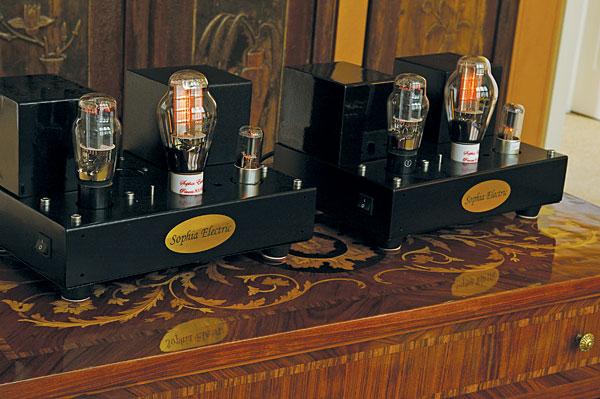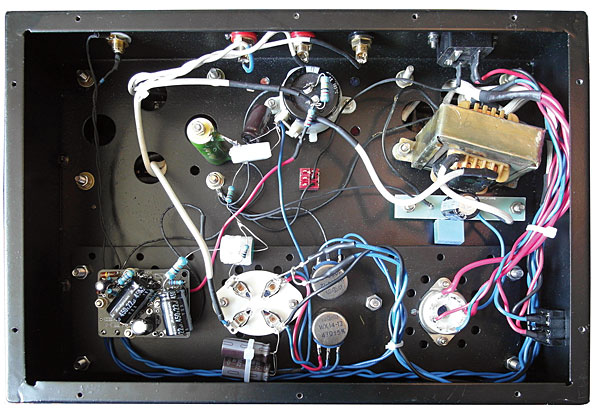| Columns Retired Columns & Blogs |
Enjoyable reading for sure. I'm glad that you compared the entry level Sophia's to a mid-upper model range of the Shindo corton-charlemagne. That's like say a huge price difference from Sophia's $5k/pair to Shindo's $10k+.
If the only difference in the end is only a slight "sparkle" here and there or more "natural" here and there then I'm not sure if which has the best bang for the buck? Instead of repeatedly smelling the amplifier, a better test would be to do a blind listening session held by a third party to see if you can still smell the amplifiers from 7-10 feet away and pick out which amp Sophia or Shindo is running. For the majority of audiophiles out there, in the end is this: are you listening to the music at an emotional level or simply listening to the eye candy equipment?






































